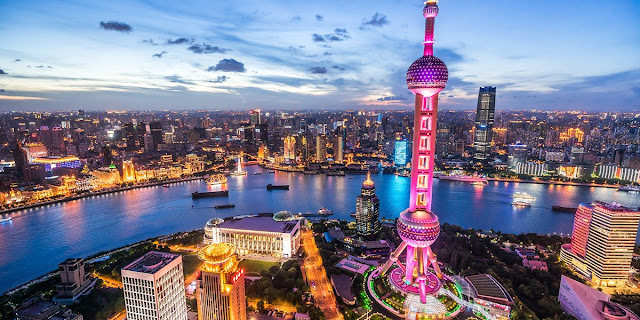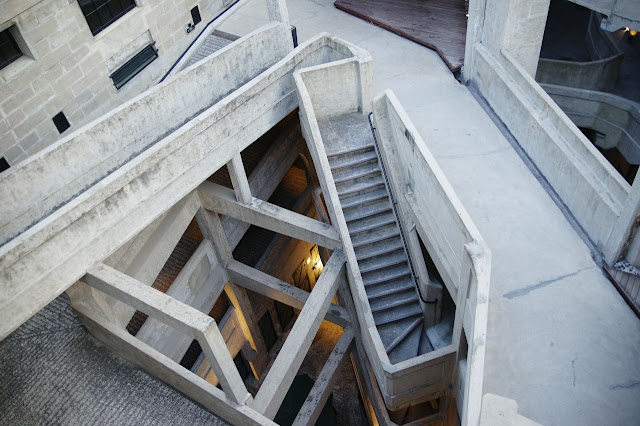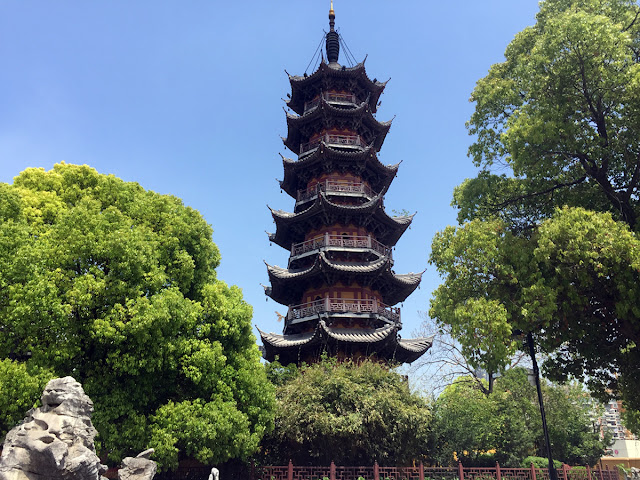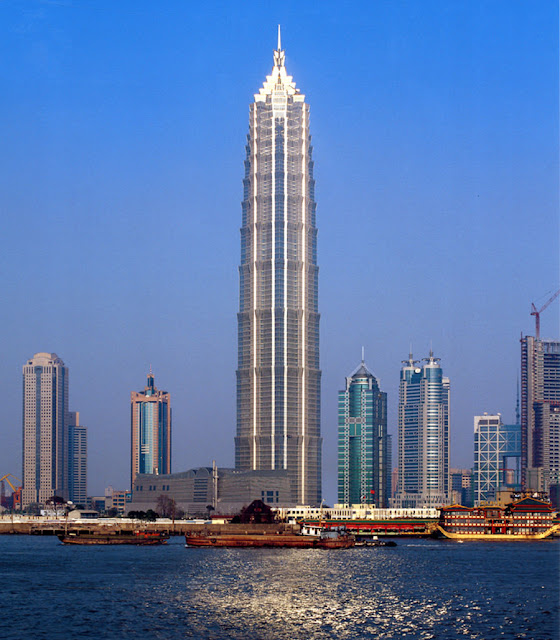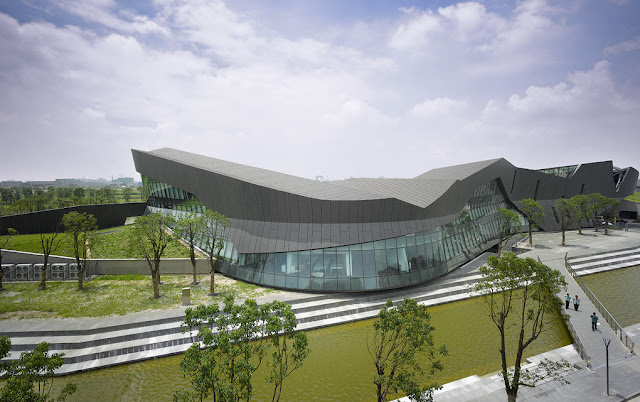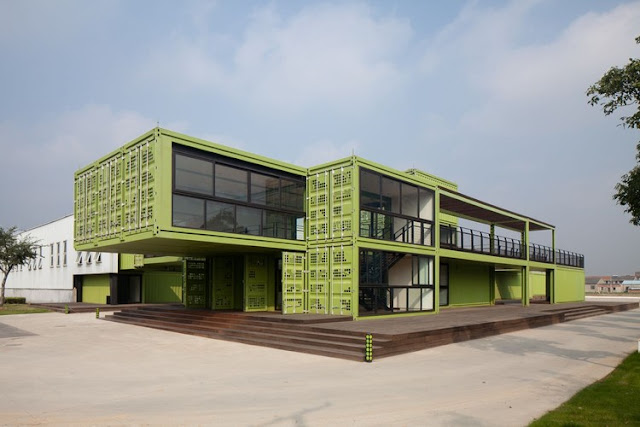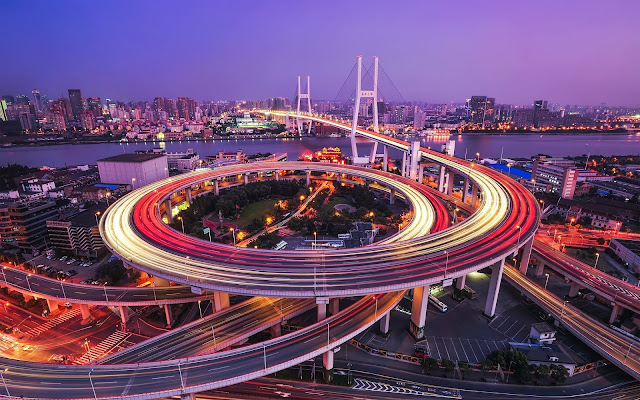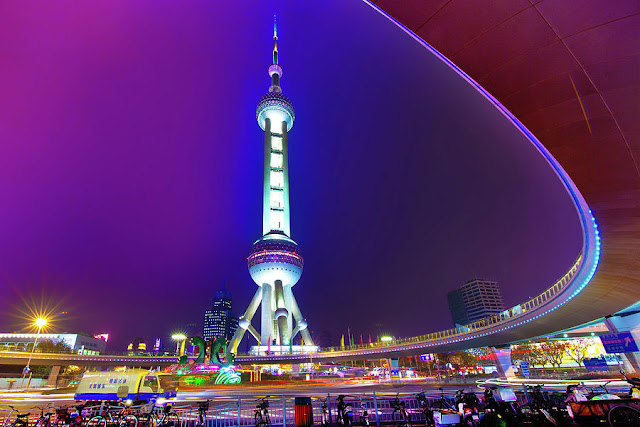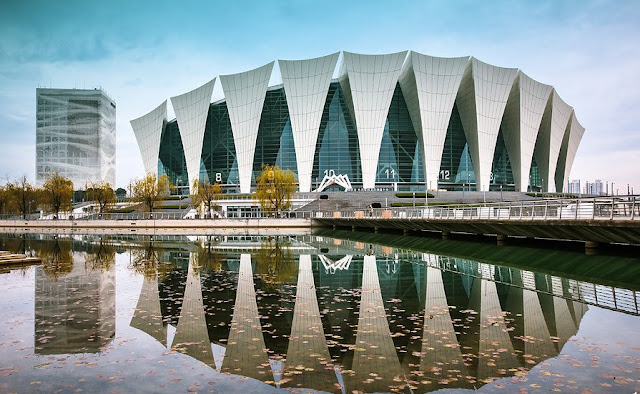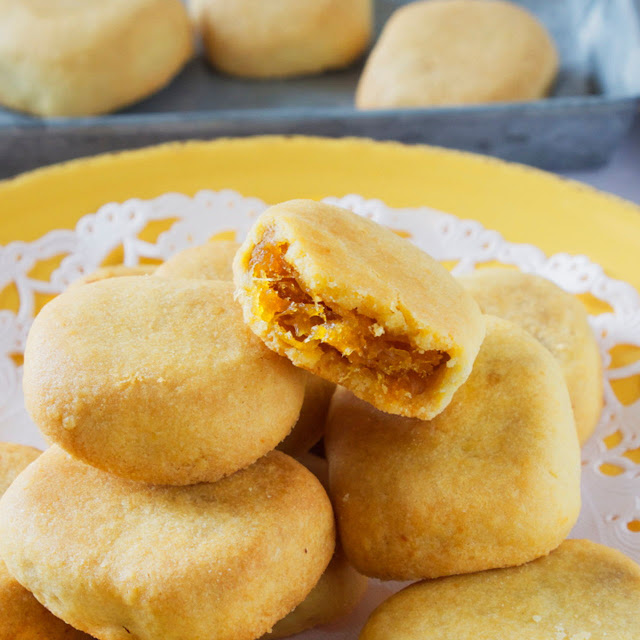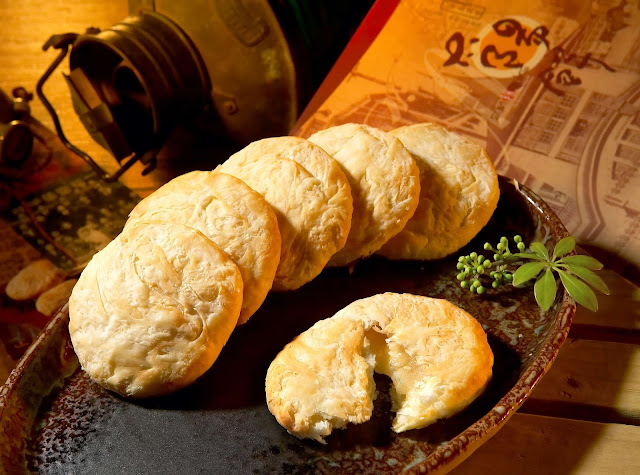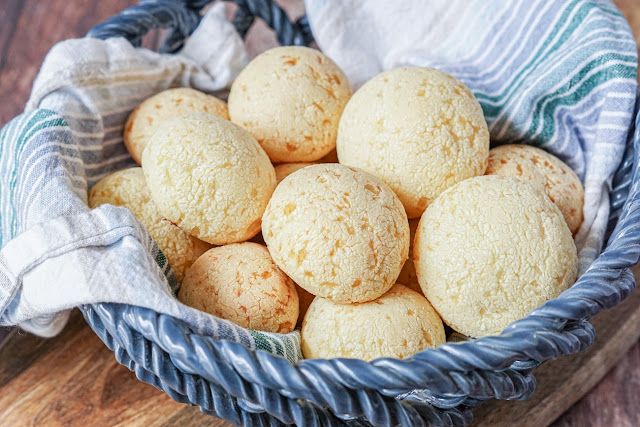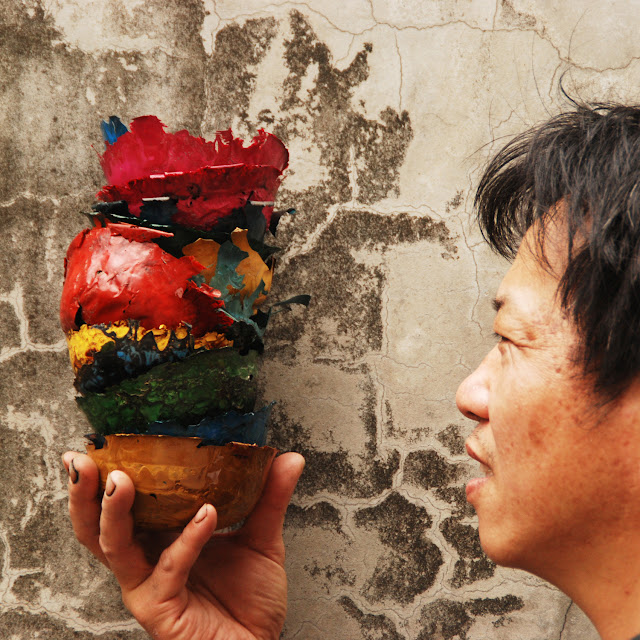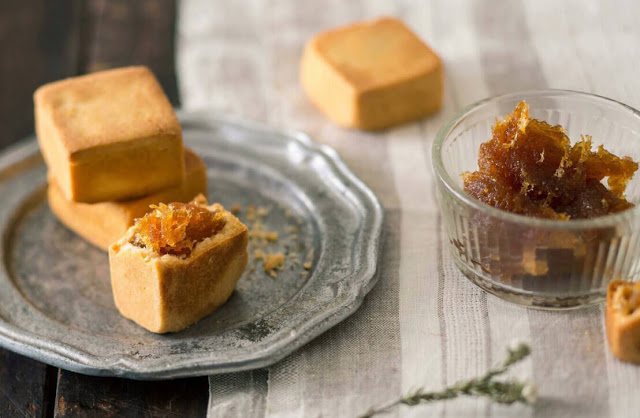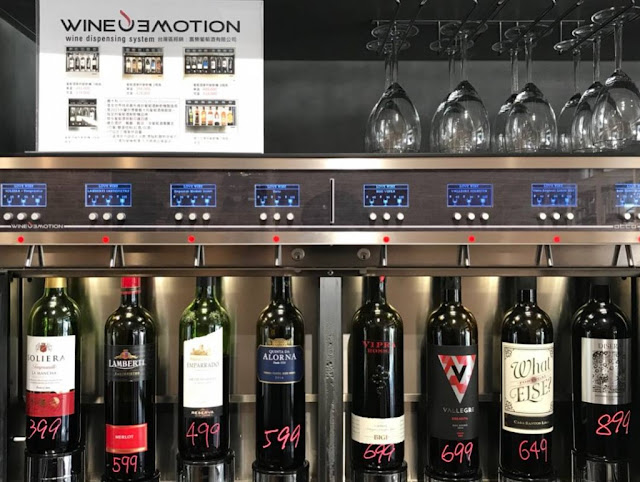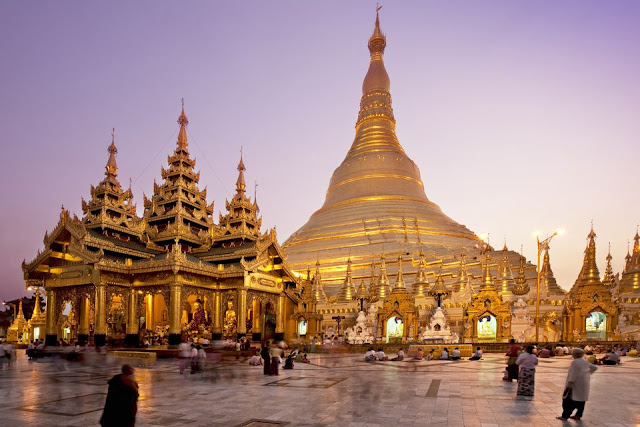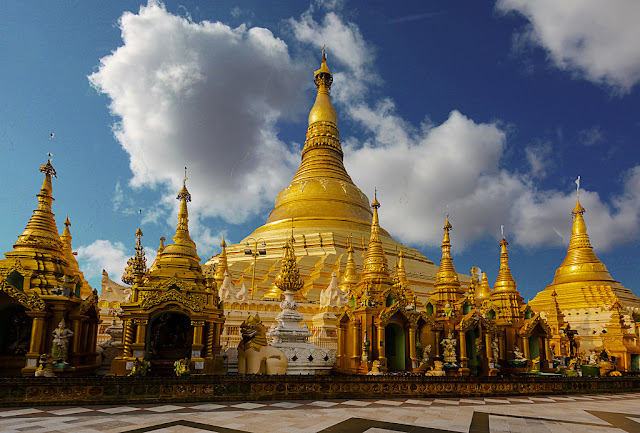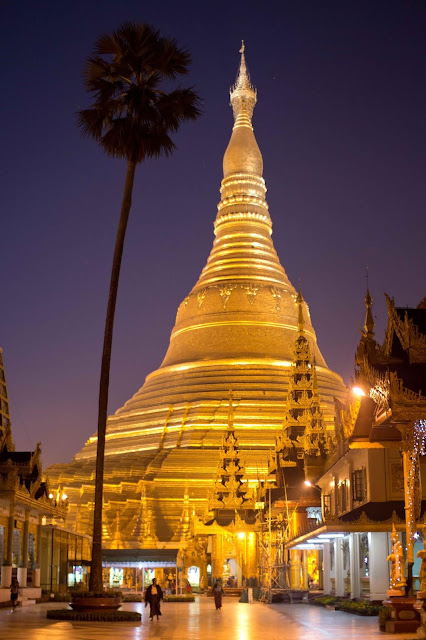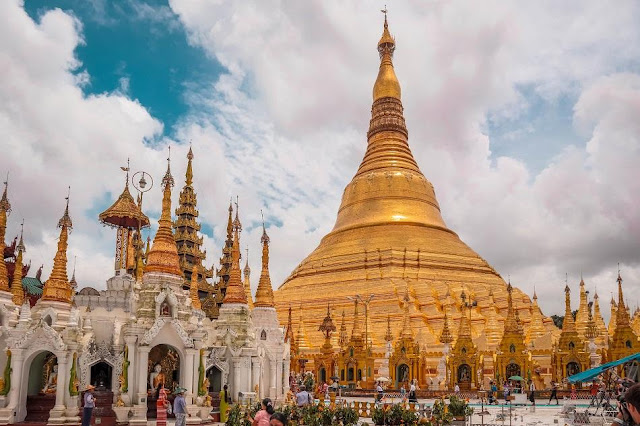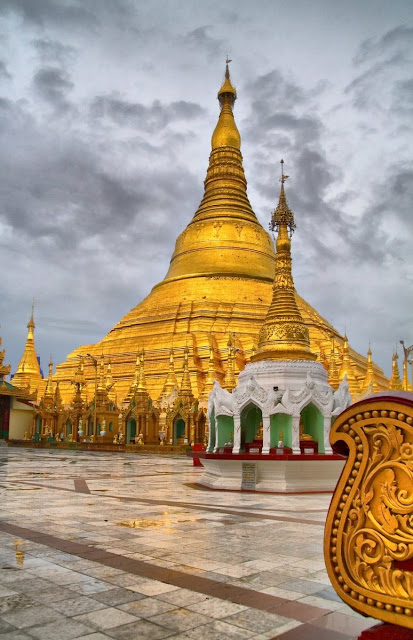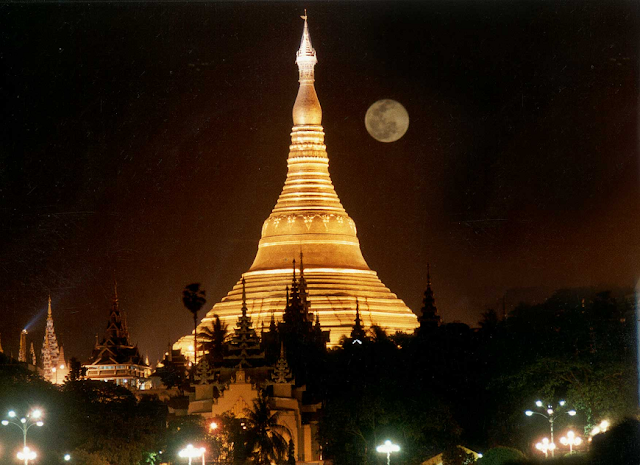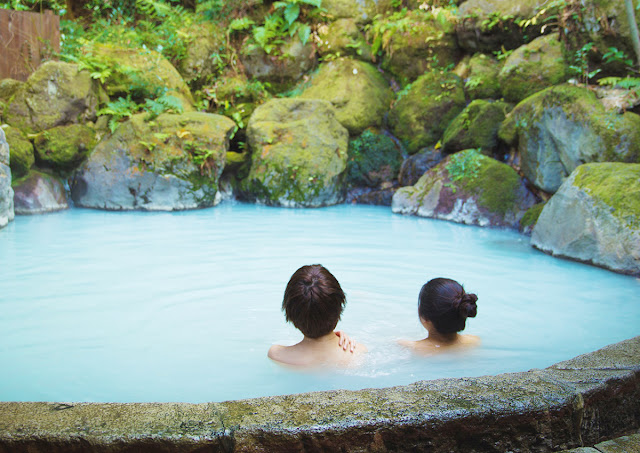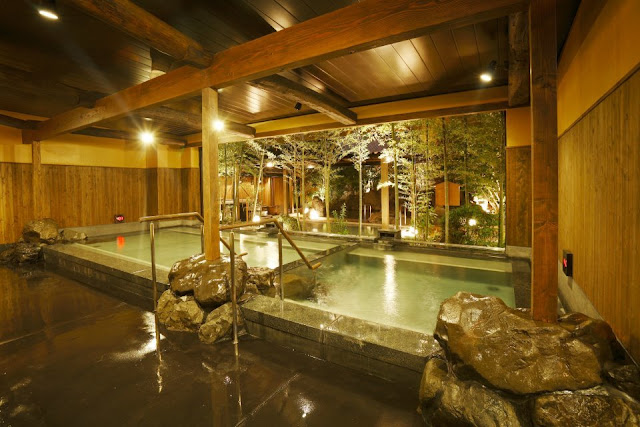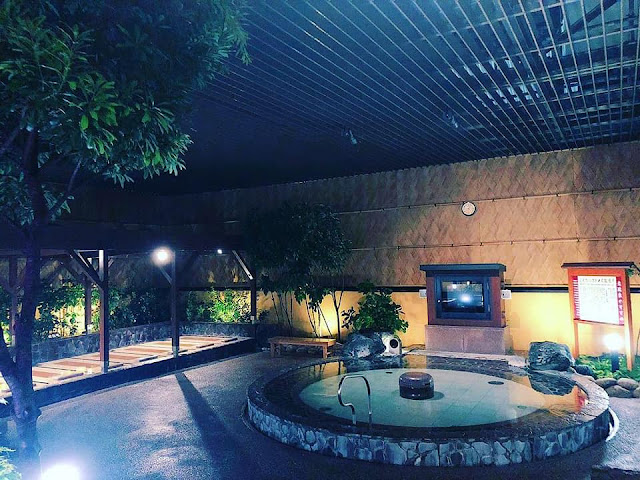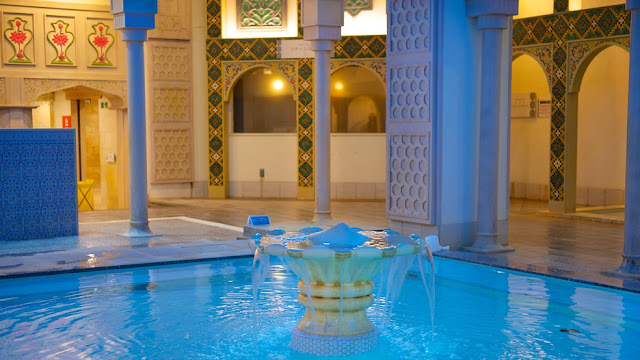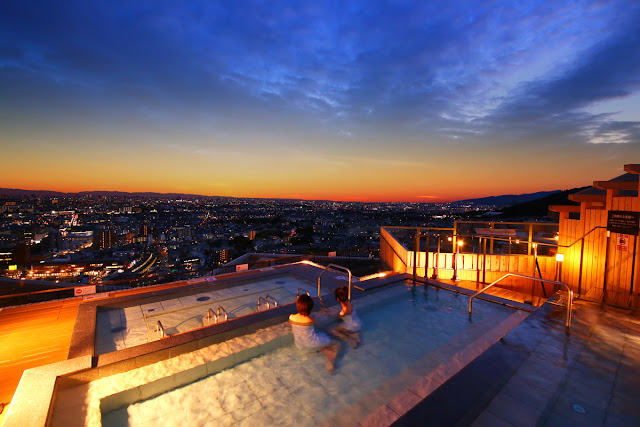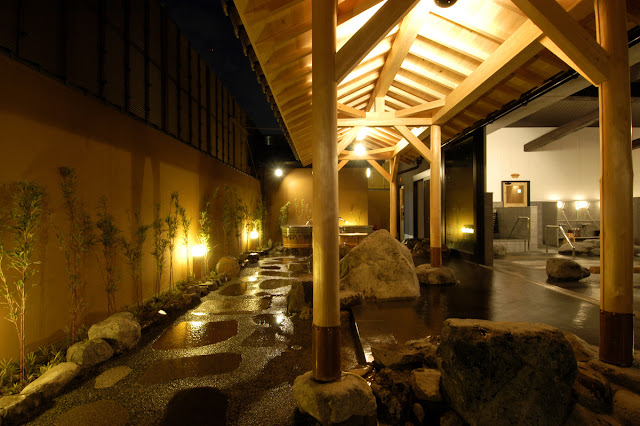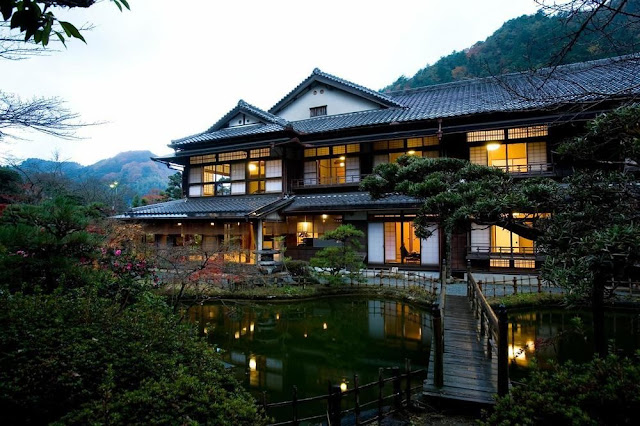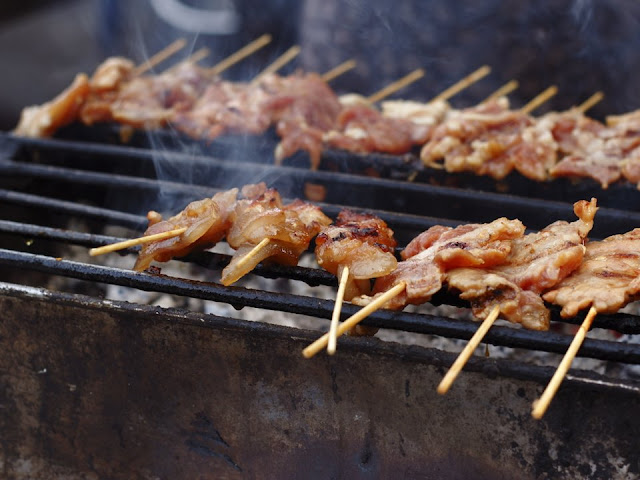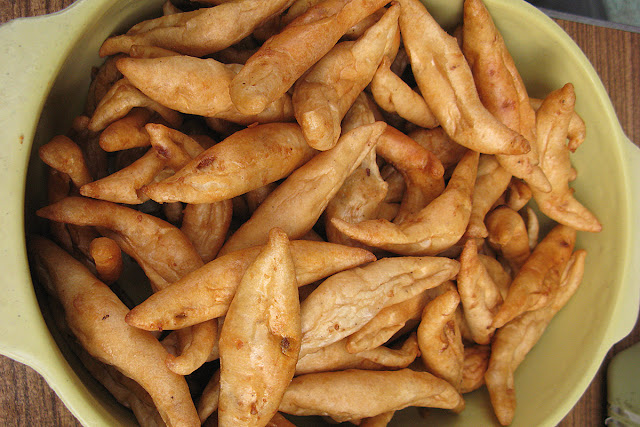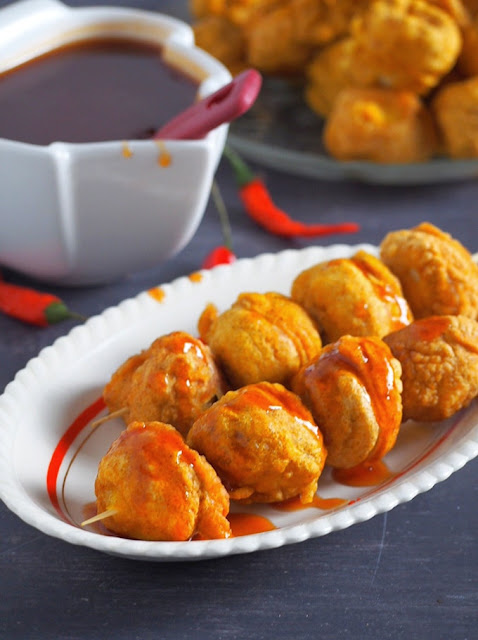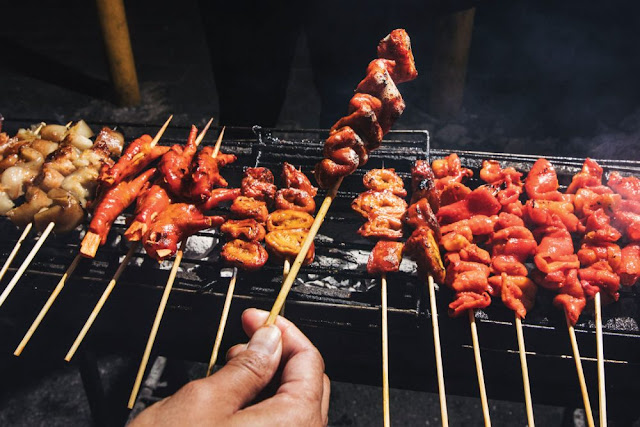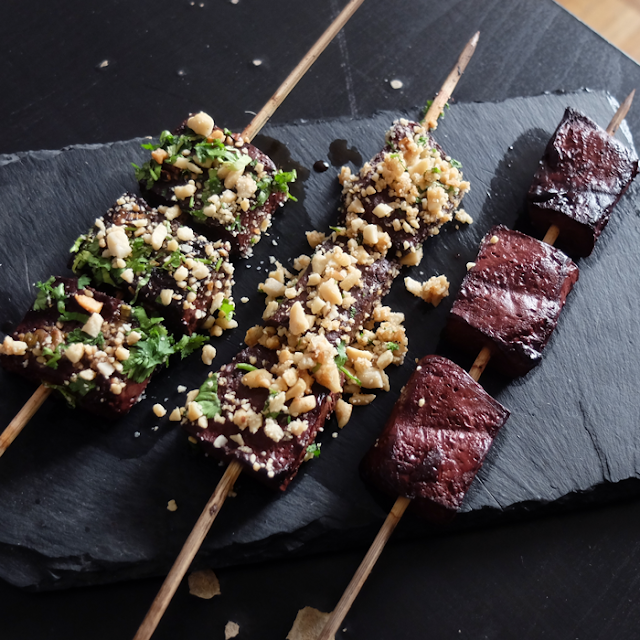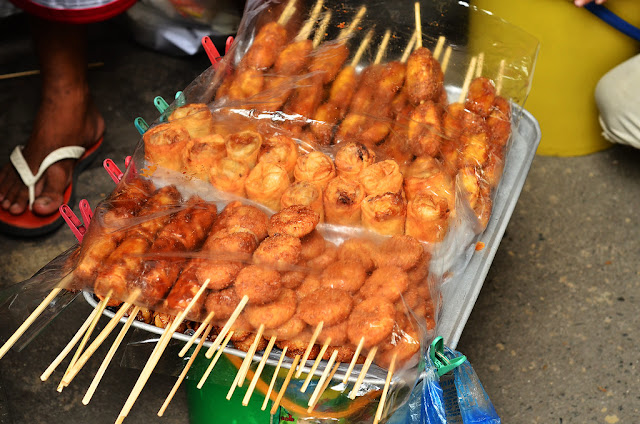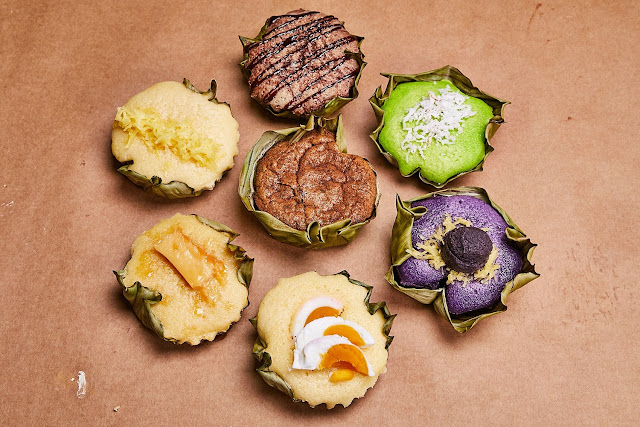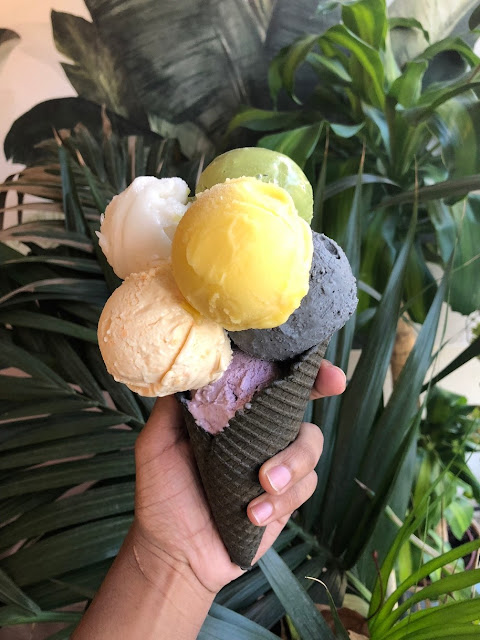If you are not looking to escape the chill of winter, but instead want to take in wondrous snow-covered views while exploring some of Asia’s best destinations, you will find that and more by heading to one of these spectacular places.
 |
| Photo @fswildvet |
Sapporo, Japan
There are many places in Japan to experience snow, but one of the most popular is Sapporo. This city has a lot of ski resorts only 20 to 60 minutes ride away by car, so, adding that to your day trip itinerary would be bearable.If you are a beginner, you could try sledding or snow-tubing, on the other hand, if you are not interested in snow games, you may want to time your visit during Snow Festival which usually takes place in February. Despite the freezing cold temperatures, more than 2 million people go to the Hokkaido capital to witness the snow come alive annually and Japan is well-known as one of the snow countries in Asia.
Mongolia
Looking for a snowy place that is unique and far the flocks of tourists? Why not pack your bags, and head to Mongolia in winter? With its majestic landscapes and countryside covered in white, snow seekers will absolutely find their bliss in this pristine and untouched land. For bona fide adventurers, Mongolia can help you unleash your wild side with its mishmash of outdoor thrills, such as canoeing, horseback riding, mountain climbing and skiing.Harbin, China
The “Ice City,” as Harbin is known, hosts one of the world’s largest snow and ice festivals, the Harbin International Ice Festival. Held throughout much of January and into February, it features some 1,500 larger-than-life ice structures that shimmer with multi-colored lights. Every year there is a different theme, varying from mythical beasts to famous landmarks from across the globe. Harbin and the surrounding area also offers some of the best winter sports opportunities on the planet, including skiing and snow boarding.Lhasa, Tibet
If you do not mind, or perhaps even revel in, extreme winters, by heading to Lhasa you will enjoy the breathtaking beauty of one of the world’s most jaw-dropping snowy wonderlands with fewer crowds and cheaper hotel accommodation. While it will be cold, it will not be nearly as chilly as you might think, particularly as December and January are dry months and the high-altitude sun is almost always in abundance, making it feel warmer than the temperature would have you believe.You can also enjoy festivals, like the Monlam, or Great Prayer Festival, in which monks and artisans create colorful butter sculptures for burning during the Butter Oil Lantern Festival. If you are here for the Tibetan New Year, Losar, you can celebrate with the locals by watching dance performances at Potala Palace and even hanging up prayer flags on the temples and mountain tops.
Sapa, Vietnam
Being surrounded by many top summer destinations like Bali, Phuket, and Boracay, it may come as a surprise to you that Vietnam also experiences snow! Even though snowboards and toboggans are not commonplace to Vietnam, you will surely fall in love when what used to be green fields of rice in summer turn to white during the winter.Beijing, China
Traveling to China during winter? China’s capital gets pretty cold in December, with the average temperature sitting around negative 2 degrees Celsius. Besides being a low-tourist month (you can enjoy super affordable fights and hotels in December in Beijing), you likely find snowfall in this city during Yuletide getaway.Most of the city’s ski resorts open their doors, when December sets in, meaning you can try your hand at tobogganing, snowboarding and skiing. If you are lucky to catch some snow during your visit, make your way to The Summer Palace, for breathtaking snow views. And do not forget to check out the world renowned Great Wall of China, to enjoy elevated view of its snowy surrounding landscapes.
Shimla, India
Fabulous for a nature retreat, Shimla is surrounded by stunning mountain scenery, while monkeys roam freely along the overhead cables, casually watching the shoppers below. It enjoys snowy winters thanks to its northern latitude, making it an ideal place to escape the intense heat that so many other cities in India endure.Nearby at Wildflower Hall, you will find a haven for ski enthusiasts seeking refuge from crowded, overly commercialized resorts. This premiere mountaintop resort will make you feel as if you are stepping into the pages of a fairy-tale with its gorgeous vistas of endless forest and snow-capped mountain peaks. Spend your days taking part in whatever winter sport suits your fancy, and indulging in holistic spa treatments, complemented by more extraordinary views.
Read more: 7 Asian dishes you will love during winter
Source Internet







